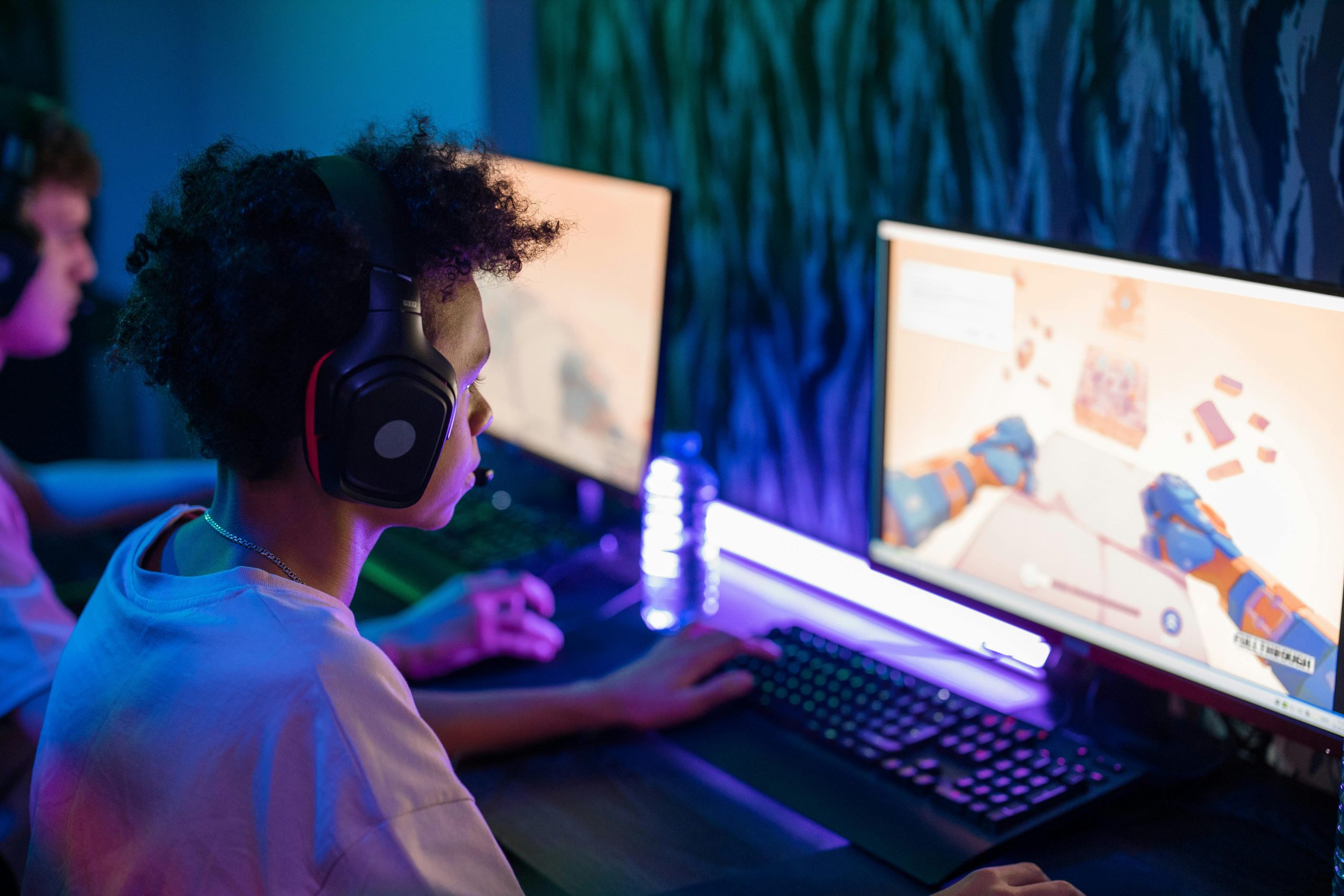Optimizing a New Gaming PC: Troubleshooting Black Screen Crashes During Gameplay
Building a new gaming PC can be an exciting experience, but it often comes with unexpected challenges. Recently, a gaming enthusiast encountered a frustrating issue: their system crashes into a black screen during gameplay, despite otherwise functioning perfectly. Here’s a detailed look into the situation, common causes, and steps to troubleshoot such problems.
System Overview:
- Processor: AMD Ryzen 7 7700X
- Graphics Card: NVIDIA RTX 4070 SUPER
- Motherboard: MSI PRO B650M-A WIFI
- RAM: Corsair Vengeance DDR5 32GB (2x16GB) at 5200 MHz
- Storage: Kingston FURY Renegade PCIe 4.0 NVMe M.2 SSD
- Cooling Solution: Thermalright FW PRO 360 AIO Cooler
- Power Supply: Corsair 850W Modular
- Case: Well-ventilated with proper component mounting
Initial Observations:
The build boots correctly, temperatures remain within safe limits, and benchmark results are promising. However, once a game is launched, the system freezes after some time. The screen turns black, yet audio from the game continues briefly, indicating a potential crash rather than a typical application closure.
Potential Causes and Troubleshooting Steps:
-
Incorrect RAM Settings
-
Issue: Manually setting the RAM to 6000 MHz after BIOS update, despite the rated speed being 5200 MHz, can cause instability.
-
Action: Reset RAM frequency to its official rated speed (5200 MHz). Ensure the BIOS is configured with the correct XMP profile or manual settings aligned with the RAM specifications.
-
Graphics Driver Conflicts
-
Issue: Installing AMD Radeon drivers on an NVIDIA GPU can lead to driver conflicts and system instability.
-
Action: Use Display Driver Uninstaller (DDU) to thoroughly remove all GPU drivers. Then, perform a clean installation of the latest NVIDIA drivers from the official website.
-
Event Viewer Insights
-
Error: The recurring error “LiveKernelEvent code 1b8” often indicates a system-level hardware or driver issue, frequently related to graphics or power supply problems.
-
Action: Review Event Viewer logs for additional clues. Perform stress tests on the GPU and RAM to identify potential hardware issues.
-
Operating System Stability
-
Next Step: Plan
Share this content:

